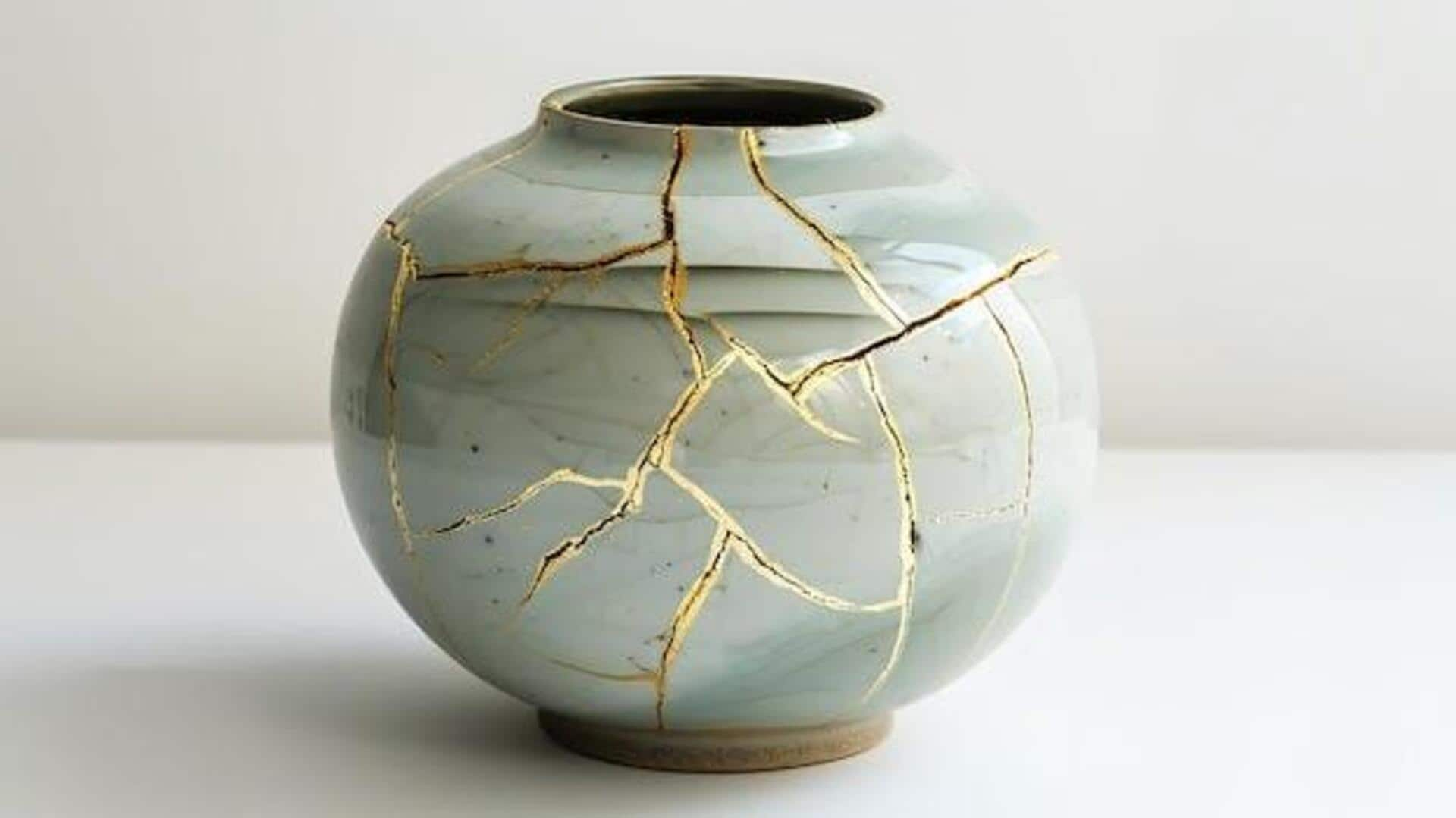
5 traditions that make Japanese pottery so special
What's the story
With a history that spans centuries, Japanese pottery has left an indelible mark on artisans around the world. Its illustrious techniques and styles have made it an integral part of worldwide ceramic art. The traditions of Japanese pottery are engraved in cultural practices and have been handed down for generations. Here are five traditions that make Japanese pottery a global influence, and what makes them unique.
#1
Raku ware: A unique firing technique
Raku ware is defined by its unique firing process, where pieces are taken out of the kiln while still hot. This technique gives rise to unique textures and colors, making each piece unique. First developed in the 16th century, raku ware was originally used for tea ceremonies. Its unpredictable nature and beauty has fascinated potters across the world, encouraging them to experiment with it.
#2
Kintsugi: The art of repairing with gold
Kintsugi is a centuries-old Japanese technique of repairing broken pottery with lacquer mixed with powdered gold or silver. It not only makes an item functional but also beautiful by accentuating cracks as part of its history. Kintsugi reflects the philosophy of accepting imperfections, and has inspired artists around the world to adopt a similar philosophy in their work.
#3
Shino ware: Distinctive glaze patterns
Thick white glaze with subtle red or orange hues from iron content in the clay body characterizes shino ware. Developed during Japan's Momoyama period, shino ware's glaze patterns are spontaneous and organic. This natural aesthetic appeals to many contemporary potters around the world, who seek inspiration from these traditional techniques.
#4
Bizen ware: Natural ash glazing
Bizen ware is an unglazed stoneware that gets its earthy tones from natural ash glazing during wood-firing processes that take up to two weeks. The technique, which dates back over 1,000 years to Okayama Prefecture's Bizen region, yields robust ceramics that are coveted for their rustic charm by collectors all over the world who value authenticity over the perfectionism characteristic of modern ceramic arts today.
Tip 5
Mashiko ware: Versatile everyday pottery
Known for its versatility, as both function and art, Mashiko ware uses locally sourced clay from Mashiko town. Since the early 20th century, Shoji Hamada's international promotion (and his Living National Treasure status) have inspired artisans. They adapt designs according to contemporary needs but preserve the essence which makes Mashiko ware special to enthusiasts across the world.